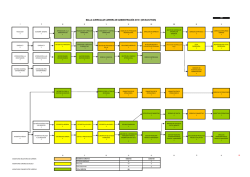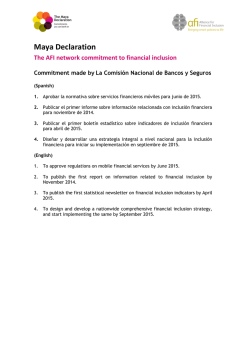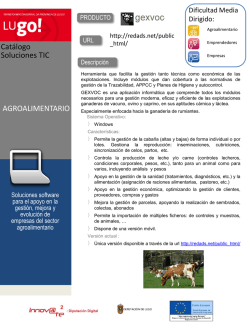
artículo completo
Contrapartida P oco a poco venimos describiendo características de las entidades sin ánimo de lucro, que las diferencian de las empresas comerciales. En esta ocasión nos valdremos del Public Benefit Entities’ Conceptual Framework, recientemente expedido por el New Zealand Accounting Standards Board. Se lee en dicho marco conceptual: “(…) Many public sector entities in New Zealand are required to prepare and make publicly available their plans for the future, including prospective financial statements. (…) The planning and budgeting documents that public sector entities are required to make available to Parliament or the public assist Parliament to exercise its oversight function, and assist constituents and their elected representatives to hold the entity’s management financially accountable. These planning and budgeting documents outline the projected activities of public sector entities and explain how those activities are expected to be funded. For example, in the case of the Government the forecast financial statements support the appropriation requests. (…)”. Según la ISAE 3400: “(…) 3. “Prospective financial information” means financial information based on assumptions about events that may occur in the future and possible actions by an entity. It is highly subjective in nature and its preparation requires the exercise of considerable judgment. Prospective financial information can be in the form of a forecast, a projection De Computationis Jure Opiniones Número 2086, mayo 30 de 2016 or a combination of both, for example, a one year forecast plus a five year projection. (…)”. Muchos piensan que la información prospectiva es de interés interno. Pero es claro que no es así. Cada vez más los donantes quieren saber de qué forma serán invertidas las donaciones. El citado marco conceptual añade: “(…) Information that enables users to compare financial results with public plans or budgets facilitates an assessment of the extent to which a public sector entity has met its financial objectives. Such information promotes accountability and informs decision making in subsequent periods. Many public sector entities are therefore required by legislation to report against public plans or budgets. In the case of central government entities there are also requirements to demonstrate compliance with legal requirements relating to the public finances. The needs of users for prospective financial information from public sector entities is discussed in Chapter 2. (…)”. Como se trata de entidades cuyo objetivo principal no es obtener cierta rentabilidad, en los primeros lugares de interés se encuentra el cumplimiento de los planes. Al tiempo que éstos son especulativos, también representan un reto para la gerencia. Por lo tanto su cumplimiento habla de unos administradores eficaces, en los cuales vale la pena confiar. La conducción del negocio es una pieza fundamental en las entidades de beneficencia. Hernando Bermúdez Gómez Las opiniones expresadas en Contrapartida comprometen exclusivamente a sus autores.
© Copyright 2025




